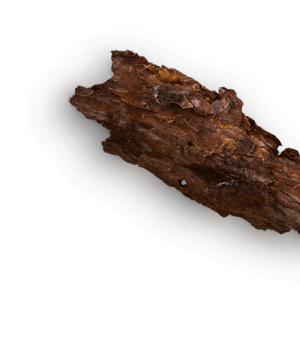How can we identify a valid scientific conclusion?
Learn how to use the criteria to identify valid scientific conclusions.

Overview
In this activity, students will use the criteria and a thinking strategy to identify a valid scientific conclusion for which method of producing hydrogen fuel cells is the most sustainable: steam, methane cracking, or water electrolysis. These thinking tools can be used by students to identify valid scientific conclusions based on evidence in multiple contexts. While this activity uses examples related to electricity generation, other examples could be used to help nurture the competency of processing and analyzing data and information.
Instructions
What you'll need
- “Determining the validity of a scientific conclusion” worksheet
- “Rating the validity of a scientific conclusion” worksheet
- “Identifying valid scientific conclusions” worksheet
- "Assessing my ability to identify valid scientific conclusions" rubric
- Devices for internet access
- Begin this activity by providing your students with a copy of the “Determining the validity of a scientific conclusion” worksheet. Instruct your students to review the available evidence and make an initial decision about whether or not each of the conclusions provided are valid scientific conclusions. Ask them to think about why they made that decision and note their reasoning.
- Ask your students to think about what makes a scientific conclusion valid and to suggest the qualities of a valid scientific conclusion. Together with your students, co-create or share the following criteria for a valid scientific conclusion:
- Uses accurate scientific knowledge and evidence
- Uses relevant scientific knowledge and evidence
- Supported or corroborated by other sources, information, and/or research
- Provide your students with a copy of the “Rating the validity of a scientific conclusion” worksheet. Instruct your students to now revisit their initial decision and use the criteria for a valid scientific conclusion to rate the validity of each conclusion. Ask students to use their ratings and the evidence provided to rewrite the conclusion(s), if needed, to better meet the criteria.
- Organize your students into groups and provide each student with a copy of the “Identifying valid scientific conclusions” worksheet. This worksheet can be used by students for other contexts as well. Explain to your students that they will use the thinking strategy provided to identify the most valid scientific conclusion about which method of generating electricity is the most sustainable.
- Assign one method to each group and have them gather evidence on the sustainability of each method. Invite groups to share their collected evidence with the class.
- Invite each group to work collaboratively as they:
- Consider the evidence and use the criteria to rate the validity of each conclusion provided. It might be helpful to invite each group to share their ratings and reasoning with the class.
- Use their ratings to identify the most valid scientific conclusion.
- Conclude this activity by inviting your students to suggest other contexts where these thinking tools, especially the criteria, might be useful.
Modify or extend this activity
Modifications
- In Step 1, you may want to explore the definitions of the terms ‘evidence’ and ‘conclusion’ with your students. If it is useful, you can refer to the literal meaning of each word:
- Conclusion: a final decision or judgement
- Evidence: factual grounds for validity
- In Step 4, you may want to discuss with your students what makes a method of energy production sustainable. If it is useful, you might use the definition of sustainable energy.
Extension
Encourage your students to use the criteria for a valid scientific conclusion to create their own valid scientific conclusions based on evidence they collect for another inquiry in your class.
Curriculum Fit
Science 10
Curricular competency
Processing and analyzing data and information
- Use knowledge of scientific concepts to draw conclusions that are consistent with evidence
Big idea
- Energy is conserved, and its transformation can affect living things and the environment
Content
- Local and global impacts of energy transformations from technologies
Assessments
Throughout the activity, consider how well students:
- Contribute to respectful group discussion
- Use the criteria for a valid scientific conclusion to identify valid scientific conclusions
Guide students in using the “Assessing my ability to identify valid scientific conclusions” rubric during the activity.
Teaching Notes
This activity also assumes a working knowledge of sustainability. Check out this website to learn more about what makes a resource sustainable.






